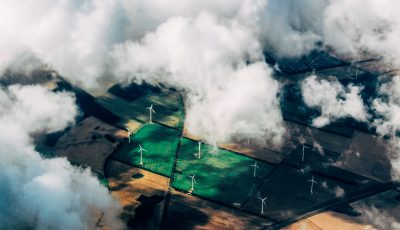Circle Economy, Ecofys and Shifting Paradigms have called for a rapid transition to a global circular economy to meet the ambitious Paris climate agreement. The current national mitigations committments under “Paris” fall short of keeping global warming below 1.5 °C. Circular economy strategies can deliver emissions reductions that could close part of the remaining mitigation gap.
The emissions reduction commitments made by 195 countries at the COP 21 Paris Agreement, are not sufficient to limit global warming to 1.5 °C. To reach the 1.5 °C ambition it is estimated that additional emissions reductions of 15 billion tonnes CO2e per year need to be achieved by 2030. Circle Economy, Shifting Paradigms and Ecofys estimate that circular economy strategies may deliver emissions reductions that could basically bridge the gap by half.
Circle Economy, Shifting Paradigm and Ecofys have issued a white paper that informs on key strategies to move to a circular state. It also highlights existing circular examples in the world today. The white paper will form part of a further comprehensive analysis of the new climate agreement and targets and circular economy’s contribution to the same. The white paper was launched at The Business & Climate Summit in London in 2016 where institutional business and climate leaders gathered to deliver real climate action.
“The research clearly shows that there is a massive role for the circular economy. Not only as the ‘missing part of the puzzle’ to make our Paris targets achievable, but also as a practical and scalable approach to decouple unsustainable material use from prosperity. This makes the circular economy a vital addition to the mix of solutions to address climate change. We urge companies and governments to embed the circular economy in their climate strategies and policies, and prompt the next wave of climate action through circularity.”– Andy Ridley, CEO, Circle Economy

Shifting Paradigms led the research on the circular mitigation potential and was one of the lead authors.
Download the full paper.




